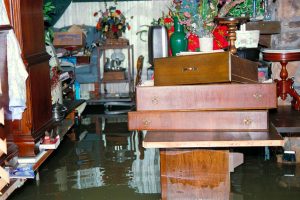ABOUT US
Wexford Plumbing assists both residential and commercial clients with minor and emergency plumbing repairs.Our plumbing repair service is available to Wexford and Scarborough area, and we also offer 24/7 emergency repairs.
QUICK LINKS
SERVICE AREA
Wexford Plumbing provides services in Wexford, Richmond Hill and Scarborough.
GET IN TOUCH WITH US!
- 1860 Lawrence Ave E, Scarborough, ON M1R 5B1
- (647) 360-8109
- info@wexfordplumbing.ca


